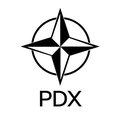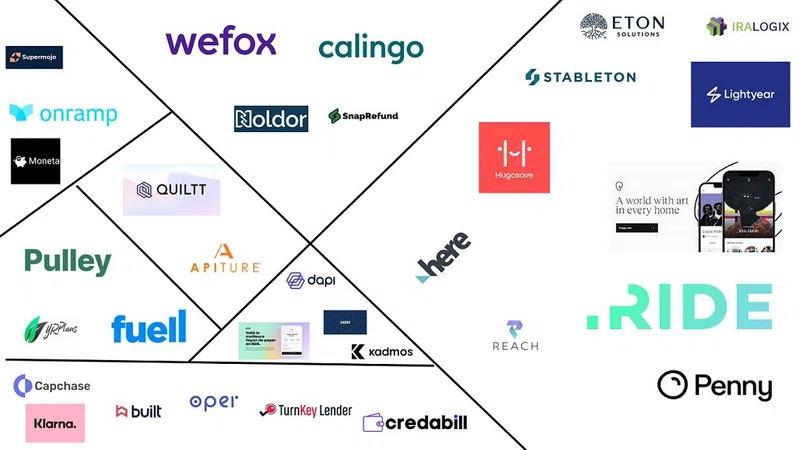Every individual and organization, in one way or another, tracks how they spend their budget in a certain period. Where an individual might keep a diary, organizations maintain accounting ledgers to document their expenditures. The purpose of tracking and documenting one’s spend enables them to control what’s going out of their pockets.
As organizations grow, it becomes increasingly challenging to track expenditures, especially in the procurement department. Such organizations may see all kinds of expenses that might seem necessary at a glance but analyzing them through the right tools can help them cut costs and make profitable decisions.
Unfortunately, many organizations fail to analyze their spending patterns successfully. Balancing the monthly budget is very different from examining the expenditure patterns of a complete procurement department. Spend analytics methods in procurement take a more thorough look at spend while also aiming to improve efficiency and reduce expenses.
The 4C Approach
Let us introduce you to a 4C Approach that can help your organization successfully analyze your procurement department’s spending patterns.
1) Consolidation
The first C and the first step is “Consolidation.” A successful spend analysis effectively combines all spending made by a company's different business units. An effective spend analysis process combines and consolidates all expenses from a company's every business unit.
There are several locations where your data could be kept. Each department, or even individual projects within each department, may have its budget and accounting system. Accounts payable, general ledger, eProcurement systems, and other financial software are independent sources that may have internal procedures.
Before conducting a spend analysis, all organizations should first collect invoices and payments from all sources into a single, comprehensive database. Along with providing a consolidated view of the organizational spend, this step also helps reduce errors, inconsistencies, duplicates, and uninformed decisions.
2) Classification
Once the consolidation is over, it is essential to have the spend classified by categories. Any organization needs to ensure that their spend is getting appropriately categorized with the correct name given to all purchases so that it can be further analyzed at the unit level.
Whether your business purchases construction materials, contracts out digital work, or dispatches engineers to assess damage in far-flung areas, be as explicit as your circumstance requires.
Create a category for each significant expenditure, such as personnel, travel, programming done by a third party, legal, manufacturing supplies, office supplies, etc. Naming the groups helps identify the categories where money is being spent and instills the need to realign the negotiation priorities with the vendors for each type.
While classifying, you can identify multiple vendors delivering similar services and consolidate them for better cost savings. Moreover, excess, duplicate, and maverick purchases can also become visible and eliminated, streamlining the organization’s purchases.
3) Collaboration
Having complete spend visibility on each category paves the way to finding the best supplier for the given category to gain better value from a single supplier. Such synergies are crucial in maintaining a long-term supplier relationship that can be beneficial in the long run.
Procurement professionals can monitor their suppliers' performance to support proactive supplier growth. Companies may also weed out underperforming suppliers and improve contract compliance by continuously monitoring prices.
By recording performance indicators, scorecards assist in evaluating suppliers and vendors. A thorough spending analysis can learn more about how much a business spends and which suppliers account for most of that spending.
The company may use this information in contract negotiations to make the most of its procurement budget. When executed effectively, this lowers the number of pointless vendors, increasing value and providing a leaner, more effective procurement process.
Apart from improved and enhanced supplier relationships, consolidation and categorization of organizational spend foster internal collaboration as the departments can view and extract information from a single source of truth. This also limits fraud and dark purchasing as spend analysis integrates all transactions and provides a consolidated view.
Your savings increases when departments and company locations share spending information. Since departments may view contract conditions, preferred suppliers, and tools for better spend management, spend analytics systems allow you to alter the purchasing habits of the whole business.
4) Control
Extensive spend analysis provides comprehensive information and insights for a CPO to make informed decisions on their organizational spend. Decisions supported by spending data can significantly increase operational efficiency and subsequently set benchmarks for the future.
With the help of spend analytics data, you can view everything in context and determine how it affects the overall operation of your business. The data may be used to aid in strategic planning. You'll better understand what, from whom, and how your company purchases its goods. Your present procurement procedures may now be more effectively understood, allowing you to simplify your business operations.
Contract compliance is complicated and can lead to waste if it is not managed correctly. By ensuring that procurement teams conduct business with preferred suppliers, contract pricing is adhered to, and good discounts are provided, spend visibility and analysis also contribute to contracting compliance.
Additionally, organizations should repeatedly assess their spend data and improvise their spend strategy.
Endnote
By following the 4C approach, CPOs can get real-time, high quality and reliable data that can help them provide valuable insights and inputs to strategists and other executive-level members of the organization. You can significantly influence the bottom line with procurement when the teams know who their suppliers are, what they're spending, and how the supplier relationships affect the corporate purpose.













